Along with technological changes are the problems that can arise from its use. It is not necessary to be an IT (Information Technology) or Cybersecurity specialist to know how much companies are currently exposed to cyber threats aimed at information theft. Therefore, information security has also been on the list of best practices for companies, whether for the local infrastructure or in a cloud.
In order to combat cyber threats, the company needs to draw an overview of strategies that help to reduce and avoid as much as possible the entry of malicious software, because, as we will see, they can cause immense damage. So, owners, directors, employees must all be involved in this.
See in this post five of the cyber threats that your company needs to stay alert and improve your Law Suit of cybersecurity.
ransomware
When Ransomware manages to enter the system, it is able to encrypt all data on the hard drive. The criminals' action is to lock the information through a key, during this invasion, requesting values in virtual currencies to give access to the company. Many companies have already taken big losses, as there is no guarantee of getting access back for a fee.
Phishing
Representing another danger for business owners, Phishing is aimed at stealing registration data through emails sent to customers. These are links that look like purchases, but actually direct the customer to pages that request registration data for collection and use in other frauds.
malware
Malwares is a type of software that aims to control the system without the victim's authorization or to cause harm. They enter via malicious links, download sites, among others. They are widely used to take down important websites of organizations. These Malwares are very common and very present on inappropriate websites.
Attacks on IoT Devices
The “Internet of Things” (Internet of Things) which represents a current movement in the industry, brought systems integration and intensive use of the internet to the processes. This generated a series of hackers focused on using these new features as a gateway to invasions and data theft or even industrial espionage, generating great work for Cybersecurity in industrial automation environments.
targeted attacks
In addition to the software spread by malicious websites and emails, we also have more targeted formats of attacks. In them, criminals target a specific company and seek resources to break down defenses and steal data. These are ways that meet the company's profile, studying its weaknesses and making invasions.
These are the cyber threats that have caught the most attention in recent months. As the internet and technological resources in general advance, criminals who work with technology, unfortunately, also adapt frequently. Therefore, it is always necessary to invest in information security or cybersecurity
Having professional help for data protection is paramount. In addition, it is also necessary to alert everyone to the potential threats contained in accessing websites and emails, as a way of “educating” the team to act preventively against attacks. This must come from the highest levels of the company to the employees, so that the occurrences of invasion decrease.
Deepening Cybersecurity: Protecting Your Business from Virtual Threats
Cyber threats are constantly evolving, and companies need to be prepared to face information security challenges. Protecting data and systems is essential to ensuring business continuity and customer trust.
Top Cyber Threats and How to Protect Yourself
In addition to the threats mentioned in the article, there are other types of attacks that companies need to be aware of:
- Injection Attacks: These include SQL injection, where cybercriminals exploit security flaws in web applications to gain access to databases and steal data.
- Denial of Service (DDoS) Attacks: Aim to overload company servers and networks, making services unavailable to users.
- Brute Force Attacks: Use repeated attempts to guess login credentials and strong passwords to gain unauthorized access.
- Advanced Persistent Threats (APTs): These are targeted and sophisticated attacks that aim to steal confidential data and sensitive information from companies and organizations.
- Social Engineering: Manipulates people into providing confidential information or performing actions that compromise the company's security.
To prevent threats, companies should adopt the following security practices:
- Regular updates: Keep software and systems up to date to fix security holes and exploit vulnerabilities.
- Access Control: Implement access control policies to limit access to confidential data and sensitive information.
- Strong passwords: Encourage the use of strong, complex passwords to protect login credentials.
- Monitoring: Monitor your IT environment for malicious activity and suspicious network traffic.
- Use software: Use security software, such as antivirus and firewalls, to protect against malicious software and malicious code.
- Risk Management: Perform vulnerability analysis and risk management to identify and mitigate security flaws.
- Threat intelligence: Use threat intelligence tools to stay up to date on the most common cyberthreats and latest attack vectors.
- Training: Educate employees on basic security tips and how to identify types of threats.
Impacts of Cyber Threats on Companies
Cyber threats can cause significant damage to businesses, including:
- Data theft: Loss of personal data, confidential information and intellectual property.
- Financial losses: Data recovery costs, fines for data breaches, and lost revenue.
- Reputational damage: Loss of trust from customers and partners.
- Business interruption: Shutdown of systems and services.
The Role of Artificial Intelligence in Cybersecurity
Artificial intelligence is being used to improve cybersecurity by automating the detection and response to cyberattacks. AI can analyze large volumes of data to identify patterns and anomalies that indicate malicious activity.
The Importance of Cybersecurity in the Digital Age
In the digital age, cybersecurity is a top priority for all businesses. Protecting data and systems is essential to ensuring business continuity, customer trust and regulatory compliance.
For more information about cybersecurity, types of virtual threats, and how to prevent threats, contact us or subscribe to our newsletter.











